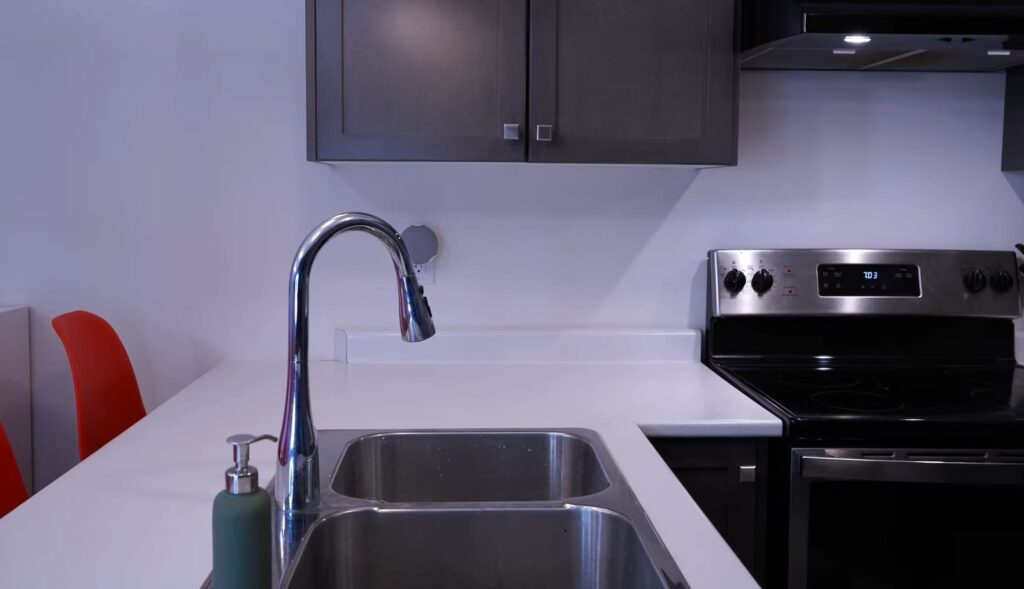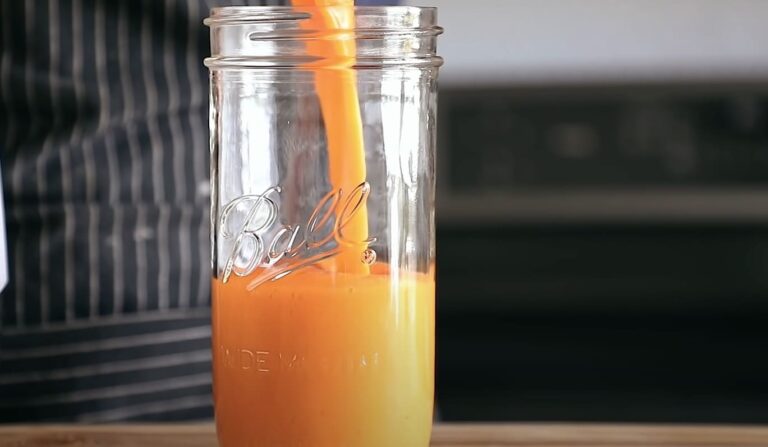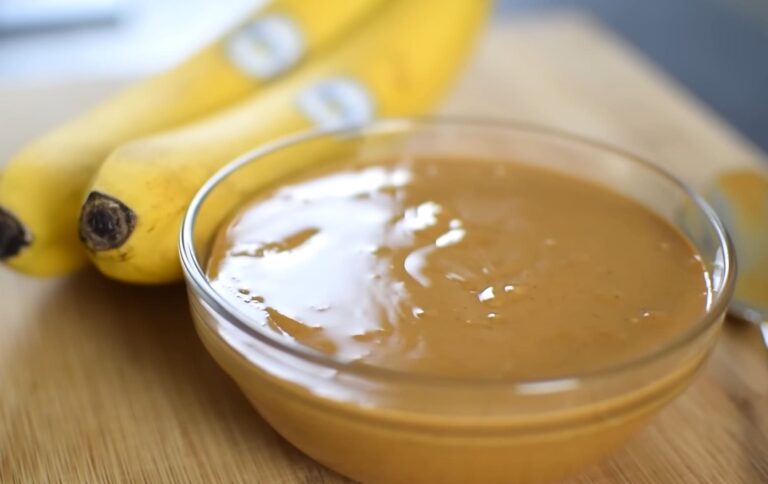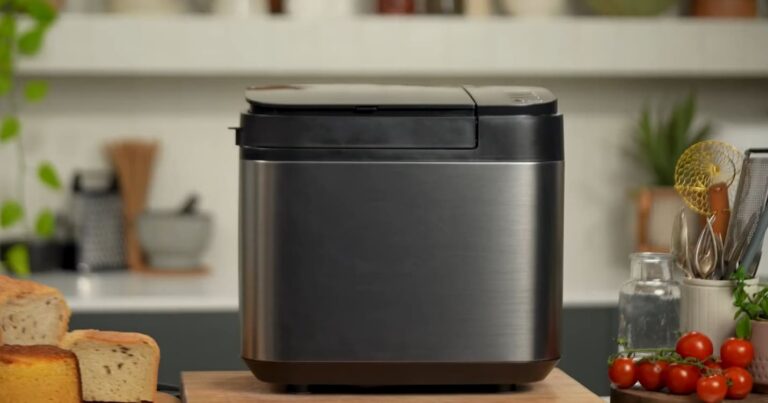Is Athletic Greens a Meal Replacement?
Smoothies and shakes made with superfood powders and protein have become a popular nutritious breakfast or snack. But can a greens supplement like Athletic Greens (AG1) truly replace an entire meal? With its blend of vitamins, minerals, probiotics, and plant extracts, Athletic Greens aims to fill nutrition gaps in your diet and provide an energy boost. While it packs some impressive nutritional value into each serving, Athletic Greens lacks sufficient calories and macros to substitute for a meal on its own fully. However, pairing it with ingredients like nut butter, protein powder, fruits, and yogurt can transform your Athletic Greens into a well-rounded, satisfying meal replacement shake. Let’s take a closer look at how to optimize Athletic Greens as part of a complete meal.
Quick Glance Highlights
Athletic Greens is not a complete meal replacement on its own since it needs more calories and macronutrients. With only 35 calories per serving, it does not provide enough energy to substitute for a complete meal. However, by combining Athletic Greens with ingredients like protein powder, nut butter, milk or yogurt, and frozen fruit, you can make a nutritious, satisfying meal replacement shake. Athletic Greens offer vitamins, minerals, antioxidants, and probiotics to help fill nutritional gaps, while other ingredients provide protein, carbs, and healthy fats needed for a balanced meal replacement. So, with some additions, Athletic Greens can be integral to a nutritious DIY shake.

What is Athletic Greens?
Athletic Greens is a comprehensive daily drink supplement powder that provides a wide range of vitamins, minerals, antioxidants, adaptogens, and digestive enzymes. It aims to boost energy, immunity, gut health, hormones, recovery, focus, and more.
Ingredients
Some of the main ingredients in Athletic Greens include:
- Vitamins and minerals: Athletic Greens contains essential vitamins like A, C, D, E, and K; B vitamins; and minerals like zinc, magnesium, selenium, and more. It provides a highly bioavailable source to help fill nutrient gaps.
- Antioxidants: It contains antioxidant compounds like spirulina, wheatgrass, amla fruit extract, and astaxanthin to reduce oxidative stress and support immune health.
- Adaptogens: Adaptogens like ashwagandha, rhodiola rosea, and reishi mushrooms help manage stress and provide anti-fatigue benefits.
- Digestive enzymes: Athletic Greens provides a blend of enzymes like papain, bromelain, lactase, and lipase to improve digestion and nutrient absorption.
- Probiotics: Probiotic strains like bacillus coagulans support digestive and immune health via gut microflora.
Uses and Benefits
Athletic Greens aims to be an all-in-one daily nourishment drink that provides multiple benefits:
- Improves energy levels, physical performance, and recovery
- Supports immune function and overall health
- Enhances focus, mood, and mental clarity
- Aids digestion, gut health, and nutritional absorption
- Helps fill nutritional gaps in diet to reach optimal daily intake values
- Convenient single daily serving that mixes easily with water or juice
Comparison to Other Supplements
Compared to multivitamins, Athletic Greens provides higher quality ingredients, clinical dosage levels, and more comprehensive wellness support. Unlike greens powders that focus only on antioxidant superfoods, Athletic Greens combine antioxidants, vitamins/minerals, adaptogens, enzymes, and probiotics. This makes it more of a “greens all-in-one” rather than just a greens supplement. It aims to be easy and portable nutrition on the go.
In summary, Athletic Greens is a nutritional supplement powder that packs a wide spectrum of health-supporting ingredients into one daily drink. It aims to make it simpler to get proper nutrition and live a healthier, more active lifestyle.
What are Meal Replacements?
Meal replacements refer to powdered drinks, bars, shakes, or smoothies designed to replace a regular meal in your diet. They aim to provide complete, balanced nutrition in a convenient format.

Ingredients
Meal replacements contain varying combinations of:
- Protein: Whey, casein, soy, or other proteins provide amino acids to help build and maintain muscle.
- Carbohydrates: Oats, rice, quinoa, and other carbs supply energy.
- Fats: Healthy fats like MCT oil provide fatty acids and support the absorption of fat-soluble vitamins.
- Vitamins & minerals: A complete vitamin & mineral blend aids micronutrient needs.
- Fiber: Fibers like acacia fiber promote digestion and gut health.
- Other extras: Some add superfoods, adaptogens, probiotics, and enzymes.
Uses and Benefits
Meal replacements can provide the following advantages:
- Balanced nutrition: They deliver protein, carbs, fats, fiber, vitamins, and minerals in nutritionally balanced amounts.
- Portability: Their powdered form makes them easy to take on the go for meals at work or post-workout.
- Weight management: They provide portion control for calorie counting and can aid in weight loss.
- Muscle gain: High-protein options help build lean muscle when combined with exercise.
- Meal skipping: They offer fast nutrition when you need to skip regular meals.
- Supplementation: They round out less-than-ideal diets that need proper nutrition.
Comparison to Other Supplements
Unlike basic protein powders or mass gainers that supply just protein or protein/carbs, meal replacements offer complete nutrition. They go beyond standard multivitamins by also providing protein, carbs, healthy fats, and superfoods.
Compared to greens powders and all-in-one formulations, meal replacements focus more heavily on protein, carbs, and muscle/weight management support. They act as an actual full meal replacement rather than just a supplement addition.
However, meal replacements need more variety and whole food benefits of real solid meals over the long term. They are best used occasionally when needed rather than completely replacing real meals day after day.
In summary, meal replacements provide convenient, portable, nutritionally balanced meals to support goals like weight management, muscle building, and active lifestyles. They can fill in gaps when they need more than regular, well-rounded meals.
Can Athletic Greens Be Considered a Meal Replacement?
Athletic Greens is a greens powder supplement that contains a wide array of vitamins, minerals, antioxidants, and other ingredients for overall health and wellness. But can it actually replace a full meal?
Nutritional Content Compared to Meal Replacements
Typical meal replacements contain a balance of protein, carbs, fat, fiber, and micronutrients to mimic an actual meal. Athletic Greens is lower in protein, carbs, and fats compared to most meal replacement shakes and bars:
- Protein: Athletic Greens has only 5g per serving, while meal replacements range from 15-25g protein.
- Carbohydrates: Athletic Greens has 7g total carbs and 2g fiber. Meal replacements average 25-35g carbs.
- Fat: Athletic Greens contain 1.5g of fat, whereas meal replacements range from 5-10g of healthy fats.
Macronutrients and Micronutrients in Athletic Greens
Analyzing the actual macronutrients in Athletic Greens:
- 5g protein is insignificant for preserving or building muscle mass.
- 7g total carbohydrates and 2g fiber provides minimal energy or satiety.
- 1.5g fat is negligible for energy, vitamin absorption, or satiety.
However, Athletic Greens does provide comprehensive micronutrients from its vitamin/mineral blend, antioxidant superfoods, adaptogens, enzymes, etc. But it lacks macronutrients to substitute for a meal.
Satiety and Hunger Suppression
With only trace amounts of protein, carbs, and fat, Athletic Greens is unlikely to produce a prolonged feeling of fullness, curb appetite, or reduce hunger and cravings. Its low calorie and nutrient density make it an inadequate standalone meal replacement for most individuals.
In summary, despite its wide range of micronutrients, Athletic Greens lacks the complete macronutrient composition required to replace a whole meal. The negligible protein, carbs, fat, and calorie content provide supplementation rather than genuine meal substitution. It needs to be paired with a protein source, healthy fats, and more complex carbs to act as a nutritionally balanced meal replacement.

Pros and Cons of Using Athletic Greens as a Meal Replacement
Athletic Greens is a nutritional supplement that packs vitamins, minerals, antioxidants, adaptogens, and more into a greens powder. But is it a viable meal replacement option? Here are some potential pros and cons to consider.
Potential Advantages
Some possible benefits of using Athletic Greens as a meal replacement:
- Nutrient density – Provides a wide spectrum of vitamins, minerals, and micronutrients to help fill nutrition gaps.
- Convenience – Mixes easily with water for a quick and portable meal option.
- Low calorie – At only 35 calories, it can aid weight management goals.
- No preparation – Requires no cooking, just quick mixing and drinking.
- Digestibility – The powdered form may be easier to digest for some users.
Potential Disadvantages
Some possible downsides of relying on Athletic Greens for meal replacement:
- Not satiating – With only 5g protein, 7g carbs, and 1.5g fat, it may not promote feelings of fullness.
- Lacks protein – Negligible protein content makes it insufficient for retaining or building muscle.
- Hunger pangs – Hunger and cravings may persist without adequate protein, carbs, and fats.
- Nutrient timing – Nutrients may need to be properly timed around workouts for optimal recovery and performance.
- Micronutrient focus – Does not provide balanced macronutrients for a complete meal.
Considerations
Athletic Greens, on its own, lacks sufficient protein, fiber, carbs, and healthy fats for a filling and nutritionally balanced meal for most individuals. However, it could serve as a convenient supplemental mini-meal or snack for some users like:
- Older adults with lower calorie needs
- Dieters seeking very low-calorie intake
- Intermittent fasters during eating windows
- Those wanting quick supplements on the go
For active individuals or athletes seeking a performance-focused meal replacement, Athletic Greens would likely need to be paired with a protein source and more complex carbs to provide adequate nutrition around workouts.

FAQ
What are the recommended macronutrient intakes for a meal replacement?
Experts generally recommend a meal replacement containing 200-400 calories comprised of 20-30g protein, 20-40g carbs, and 5-15g fat to provide enough energy and nutrition. Some individuals may need higher amounts depending on age, size, activity level, and health goals. Athletic Greens’ 35 calories, 2g protein, and 4g carbs fall far below these meal replacement recommendations. With supplemental protein, carbs, and healthy fats, it can stand alone as a complete meal substitute.
Can you add other ingredients to make Athletic Greens a meal replacement?
Yes, by combining Athletic Greens with foods that provide adequate protein, fat, carbs, calories, and fiber, you can create a nutritious DIY meal replacement shake. Good add-ins include nut butter, avocado, seeds, plant-based protein powder, milk or yogurt, and frozen fruits/veggies. The supplemental whole foods provide the macros and calories, while the Athletic Greens powder packs in all the antioxidants, extracts, vitamins, and minerals. Together, they deliver both the macro and micronutrition you need.
What are some example Athletic Greens meal replacement recipes?
Here are a few tasty meal replacement shakes you can make with Athletic Greens:
- Athletic Greens, almond butter, banana, cocoa powder, milk
- Athletic Greens, vanilla protein powder, peanut butter, spinach, almond milk
- Athletic Greens, chia seeds, mango, Greek yogurt, ice
- Athletic Greens, avocado, collagen peptides, cocoa powder, espresso, oat milk
Aim for around 250-400 calories by adjusting ingredients to meet your needs. Be creative and come up with your own favorites!
Can you use Athletic Greens as a meal replacement without blending into a shake?
It’s best to blend Athletic Greens with other ingredients into a smoothie or shake for a complete meal replacement. Trying to eat Athletic Greens powder plain or sprinkled over foods will not provide the necessary calories, protein, carbs, and healthy fats your body requires to substitute a meal. Mixing it into a shake ensures you get adequate nutrition in a drinkable form. Plus, blending with fruits, nut jars of butter, etc., improves the taste and texture significantly.
When is the best time to drink an Athletic Greens meal replacement shake?
Athletic Greens makes a great breakfast replacement shake to start your day. It provides natural energy from ingredients like coconut water powder. You can also use an Athletic Greens shake as a filling snack between meals or even replace lunch if you need a lighter, nutrient-dense option. Post-workout is another excellent time for an Athletic Greens protein shake since your body readily absorbs the nutrients. It makes a convenient on-the-go mini meal any time of day.
Can kids or teens use Athletic Greens shakes as meal replacements?
Athletic Greens is not recommended for those under 18 since it’s formulated for adult nutritional needs. However, older teens could utilize an Athletic Greens shake as a meal replacement in moderation. Tailor the ingredients and portions to meet their increased calorie and protein requirements. Consult a pediatrician for guidance on the best diet for your growing teen. Most children need more calorie-dense meals with adequate protein for development.
So, in summary, is Athletic Greens itself a complete meal replacement?
On its own, Athletic Greens does not contain sufficient calories, protein, carbs, and healthy fats to replace a full meal. However, by combining it with foods that provide additional protein, fiber, macros, and energy, like nut butter, yogurt, fruit, and seeds, you can create a nutritious, satisfying Athletic Greens meal replacement shake. It takes just a few extra ingredients to turn Athletic Greens into a mega-nutritious beverage that can stand in for a meal.
Related Video: Don’t Settle for the Wrong Shake – Find Out What’s Best!
Final Thoughts
While Athletic Greens packs impressive nutritional value into each serving, its low calorie and macronutrient content prevents it from being a standalone meal replacement. However, by pairing Athletic Greens with foods that provide protein, fiber, healthy fats, and complex carbs, you can create a nutritious, satisfying shake. Add nut butter, avocado, yogurt, seeds, milk, and frozen fruits or vegetables to provide the calories and macros that a complete meal requires. Athletic Greens takes care of the micronutrients. So on its own, Athletic Greens isn’t enough – but combine it with whole foods, and you have a perfect meal replacement powered by plants.







